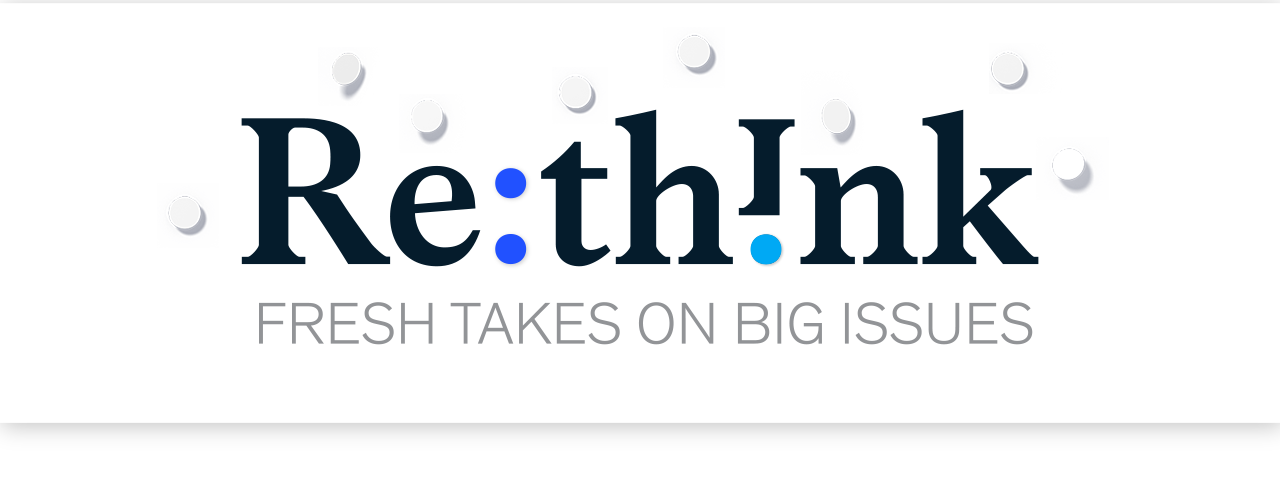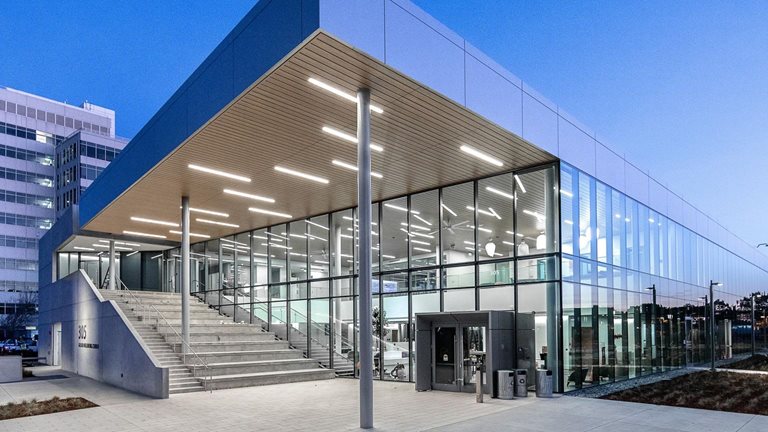 | |
|
|
|
ON REAL ESTATE
What is the future of workplace and retail real estate?
|
|
|
|
|
|
|
|
|
|
|
|
Let’s start by thinking about the occupiers—for example, the companies that own or lease space for their employees. They will need to reorient their real estate strategies for competitive advantage and try to identify the moments that matter for coming together in person again. Because after COVID-19 began, flexible became a key part of how we work—and that way of working is here to stay.
At the same time, the human touch and physical presence are still needed, but they have a very different purpose now versus in the past. For instance, if employers want to strengthen employee connections, improve social capital, onboard new hires, or evaluate potential acquisitions, maybe for these types of activities, it still helps to be together in the same place.
But these places won’t be the same old offices as we thought of them before. They might include “third places,” such as coworking locations or on-demand meeting and event spaces, both of which could be combined with personalized services.
Now let’s think about the future of the workplace from the owner and/or operator perspective, where there are different considerations. Not only will there be a reduction in demand for traditional offices, but much of today’s office space won’t meet the flexibility and experience needs of future occupants and workers. As a result, there could be both an oversupply of space and a scarcity of offices purpose-built for flexible work.
Can you imagine, for instance, a big, open space with hundreds of people, and most of these people are on videoconferences with colleagues who are somewhere else? I mean, that would not be sustainable. Offices need a completely different layout, in line with the needs of the flexible and remote world. You’ll need individual offices, though maybe not just for one person. Instead, these would be bookable for when you are in the office. You need centers of gravity, where colleagues can connect effortlessly. You need integrated employee experience applications that make it easy to coordinate with both on-site and off-site peers and reserve gathering spaces, hospitality services, and technology support as required. Community managers should be available to engage and support employees across the physical office and virtual workplace.
|
|
| |
|
“We have seen some companies reduce their office portfolio costs by 60 or 70 percent, in the most ambitious cases.”
|
| |
|
Most companies were already making strides toward efficiency even before COVID-19, but the pandemic and flexible work accelerated things even more. From a remote-working survey that we ran in 2020, we learned that most leaders planned to save an average of 20 to 30 percent on real estate because of remote working. But we have seen some companies reduce their office portfolio costs by 60 or 70 percent, in the most ambitious cases.
Given these real estate savings, leading companies are reinvesting this surplus to do a true leapfrog in terms of technological tools and employee experience. Some companies are already investing in cutting-edge technologies, including digital twins and augmented reality, that can help employees work smarter and with a greater sense of connectivity.
Real estate decisions are increasingly linked to people and organization. In the past, real estate and facilities management was typically under the CFO and sometimes under the CEO. Since the pandemic, we have seen the work in this area shifting more to human resources. HR is no longer just about HR processes, strategic workforce planning, and performance management. Today, HR encompasses creating the best environment for talent to help make people both happy and productive.
We can draw some comparisons between the changing workplace and what’s happening in retail. Just as during the pandemic many of us worked from home, we also embraced shopping from home. Now, we are partially back to offices and partially working from home, and we are reexamining the purpose of the office. If you think about retail outlets, it’s more or less the same.
We lived for a couple of years buying everything online. But today, in general, 60 to 70 percent of consumer shopping is done in an omnichannel way, which means that maybe I go to a physical shop to check things out and then I order online. If retailers are able to reimagine their footprint in a way that is designed for omnichannel, they will have a new value proposition with a variety of formats. The main lesson from what happened in the pandemic and from the new way of shopping is that the experience, not just the product, will make the difference.
The changes that have occurred in the new world of work and to the workplace are totally unprecedented. One thing that is a pity is that for many CEOs and entrepreneurs, their own personal style is affecting a lot of the decision making around going remote or not. They are often deciding what to do based on their preferences. But leaders can base these decisions on a more scientific approach.
|
|
|
| |
| |
|
Federico Marafante is a partner in McKinsey’s Milan office, where he leads the People & Organizational Performance Practice in the Mediterranean region. He works on real estate issues and on the design of organizational and distribution models. |
|
| |
|
| | |
|
Maria Valdivieso de Uster on B2B sales during turbulent times |
|
As inflation and economic uncertainty loom, companies can accelerate B2B sales growth by being flexible and nimble.
|
|
| |
| |
|
This email contains information about McKinsey’s research, insights, services, or events. By opening our emails or clicking on links, you agree to our use of cookies and web tracking technology. For more information on how we use and protect your information, please review our privacy policy. |
|
You received this email because you subscribed to our McKinsey Quarterly alert list. |
|
|
Copyright © 2022 | McKinsey & Company, 3 World Trade Center, 175 Greenwich Street, New York, NY 10007 |
|
|
|
|




